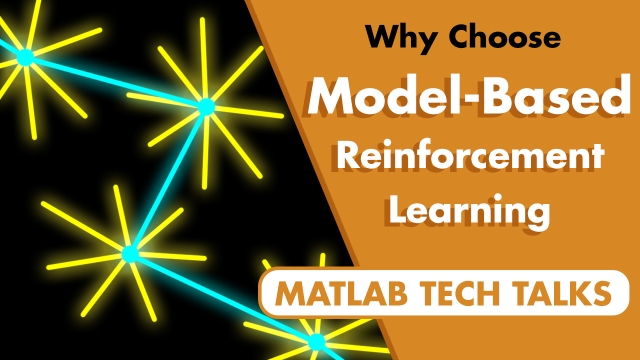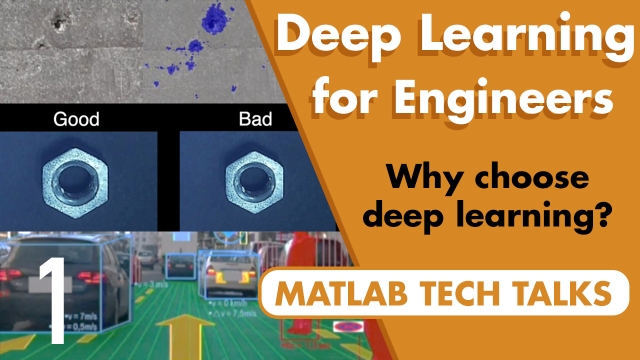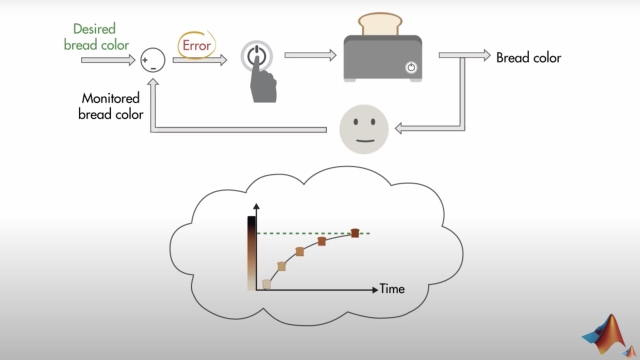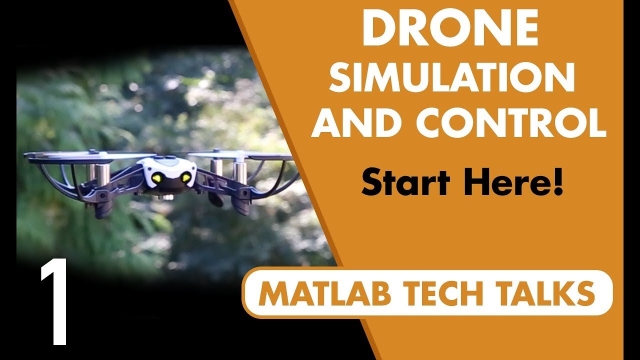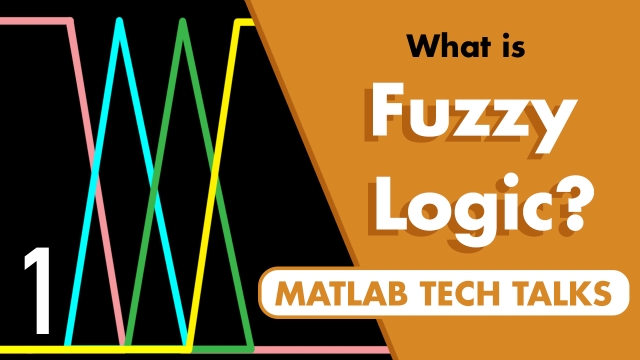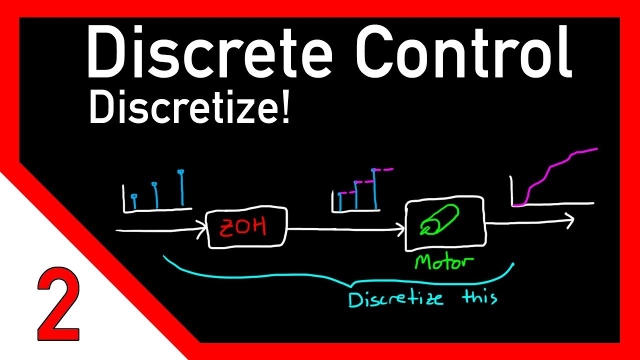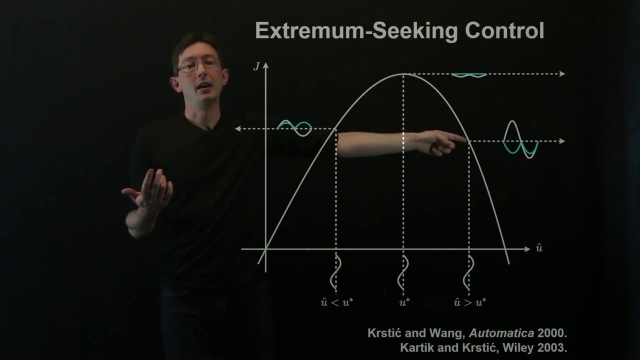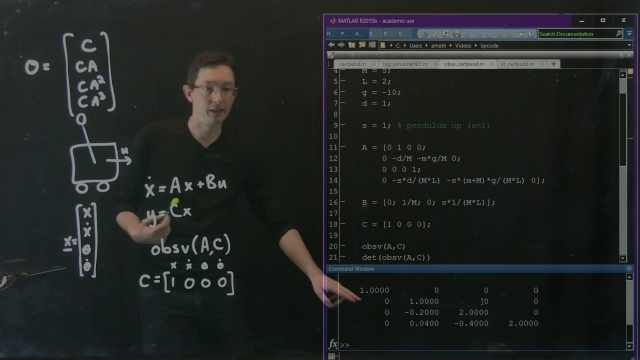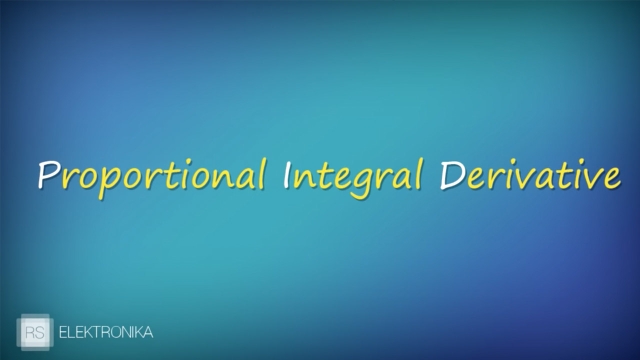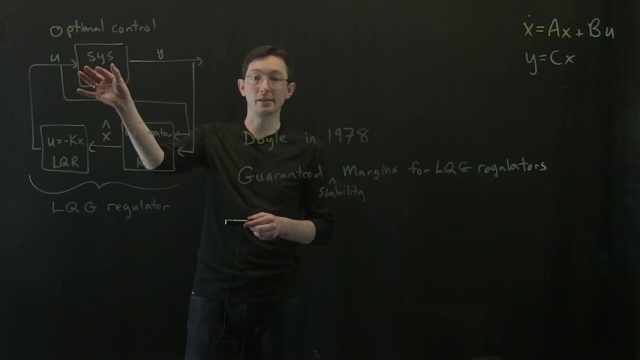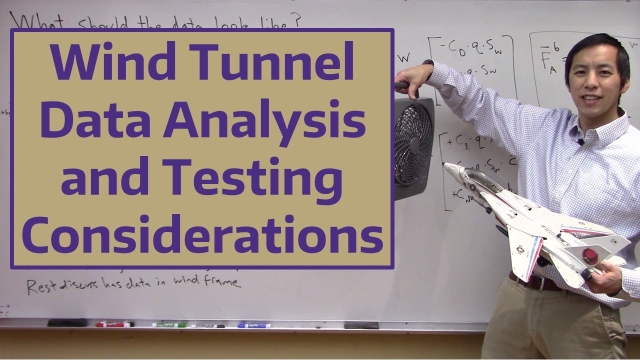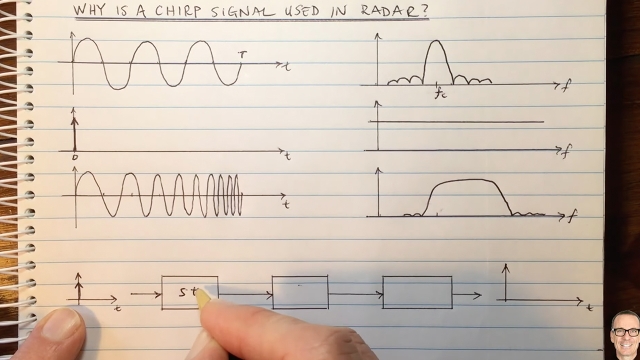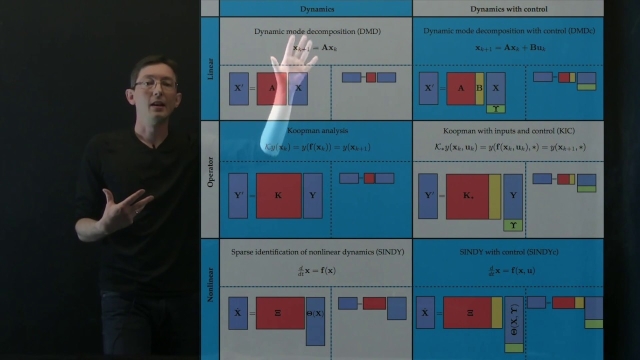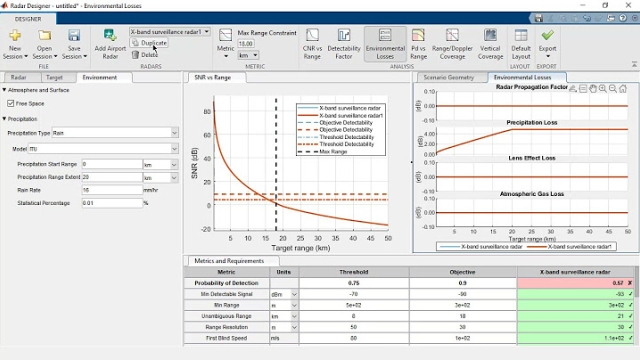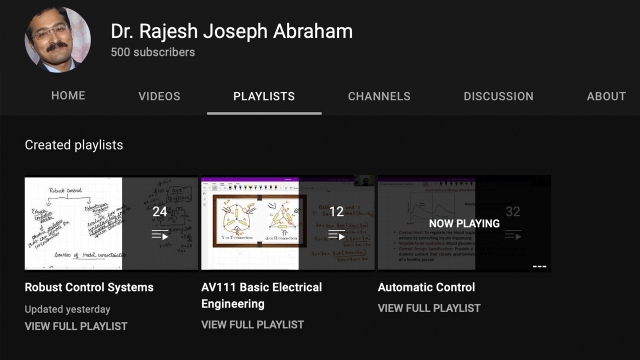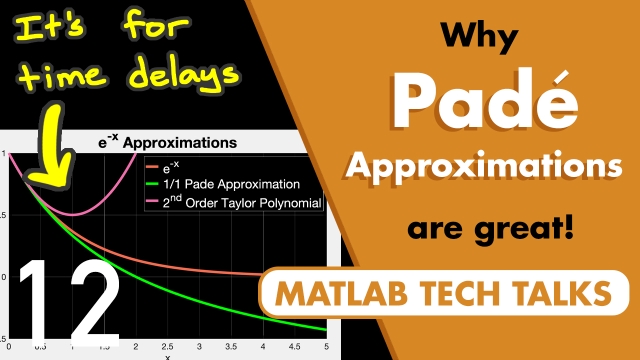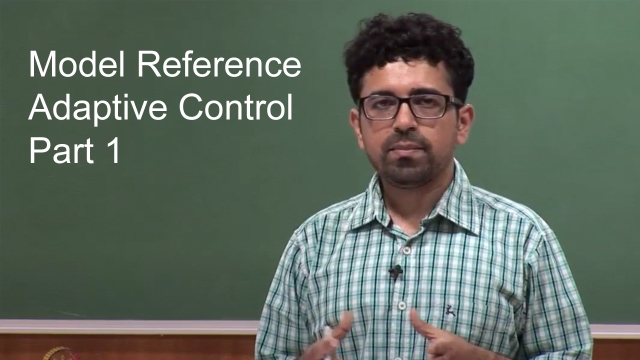
Vibrational Control in Insect Flight
Abstract: It is generally accepted among biology and engineering communities that insects are unstable at hover. However, existing approaches that rely on direct averaging do not fully...
See MoreWhy Choose Model-Based Reinforcement Learning?
What is the difference between model-free and model-based reinforcement learning? Explore the differences and results as the learning models are applied to balancing a cart/pole system as an...
See MoreDiscrete control #3: Designing for the zero-order hold
This is the third video on discrete control and in this video, I want to clear up a confusion that I caused last time regarding using the ZOH method to discretize a continuous controller and...
See MoreWhy Choose Deep Learning? Deep Learning for Engineers, Part 1
This video introduces deep learning from the perspective of solving practical engineering problems. The goal is to provide an introduction to the range of practical engineering problems that...
See MoreUnderstanding Control Systems: Feedback Control Systems
This video provides introductory examples to learn about the basics of feedback control (closed-loop control) systems.
Learn how feedback control is used to automate processes and discover...
See MoreTrimming and Linearization, Part 1: What is Linearization?
Why go through the trouble of linearizing a model? To paraphrase Richard Feynman, it’s because we know how to solve linear systems. With a linear model we can more easily design a controller...
See MoreDrone Simulation and Control, Part 1: Setting Up the Control Problem
Quadcopters and other styles of drones are extremely popular, partly because they have sophisticated programmed control systems that allow them to be stable and fly autonomously with very...
See MoreWhat Is Fuzzy Logic | Fuzzy Logic Part 1
This video introduces fuzzy logic and explains how you can use it to design a fuzzy inference system (FIS), which is a powerful way to use human experience to design complex systems...
See MoreArtificial Intelligence
This lecture discusses artificial intelligence (AI) in the context of data science and machine learning.
See MoreDiscrete control #2: Discretize! Going from continuous to discrete domain
This is the second video in the discrete control series. It focuses on discretizing a continuous system - getting to the z-domain from the s-domain.
See MoreExtremum Seeking Control in Matlab
This lecture explores extremum-seeking control (ESC) on a simple example in Matlab. In particular, a discrete-time (digital) version of ESC is coded in a Matlab script.
See MoreUnderstanding Control Systems: Open-Loop Control Systems
This video explores open-loop control systems by walking through some introductory examples.
Learn how open-loop systems are found in everyday appliances like toasters or showers, and...
See MoreControl Bootcamp: Observability Example in Matlab
This video explores observability in Matlab on the example system of an inverted pendulum on a cart.
See MoreKristin Pettersen Lectures on Nonlinear Control
Kristin Pettersen Lectures on Nonlinear Control, including many of the necessary mathematical tools and concepts.
See MoreTCLab: An Inexpensive Experimental Platform for Students to Learn Feedback
The temperature control lab (TCLab) reinforces process feedback control with real data. The TCLab hardware consists of an Arduino® shield that fits onto a standard Arduino Leonardo...
See MoreRegulatory PID (Polish)
W tym odcinku, opisze wam podstawy działania regulatorów PID.
See MoreControl Bootcamp: Introduction to Robust Control
This video motivates robust control with the famous 1978 paper by John Doyle, titled "Guaranteed Margins for LQG Regulators"... Abstract: There are none.
See MoreWind Tunnel Data Analysis and Testing Considerations
This is the last video in our 3 part series on wind tunnel testing. In this video, we discuss what typical plots of wind tunnel data might look like and how to extract relevant information...
See MoreWhy is a Chirp Signal used in Radar?
Gives an intuitive explanation of why the Chirp signal is a good compromise between an impulse waveform and a sinusoidal pulse waveform for radar.
See MoreSystem Identification: Regression Models
This lecture provides an overview of modern data-driven regression methods for linear and nonlinear system identification, based on the dynamic mode decomposition (DMD), Koopman theory, and...
See MoreRespect the Unstable
An understanding of fundamental limitations is an essential element in all engineering. Shannon's early results on channel capacity have always had center court in signal processing...
See MoreRadar Design with the Radar Designer App
The Radar Designer app is an interactive tool that assists engineers and system analysts with high-level design and assessment of radar systems at the early stage of radar development.
See MoreVideo Lectures on Automatic Control
A collection of 32 video lectures on automatic control by Dr. Rajesh Joseph Abraham.
See MoreWhy Padé Approximations Are Great! | Control Systems in Practice
Watch an introduction to Padé approximations. Learn what Padé approximations are and how to calculate them, why they are important, and when to use them—specifically in the context of time...
See MoreModel Reference Adaptive Control Part-1
Video course on nonlinear and adaptive control by Dr. Shubhendu Bhasin, Department of Electrical Engineering, IIT Delhi.
See More

